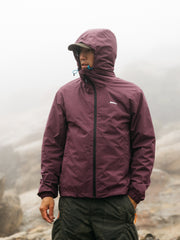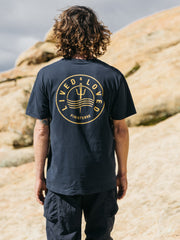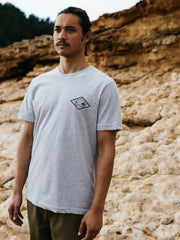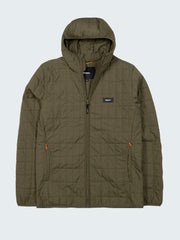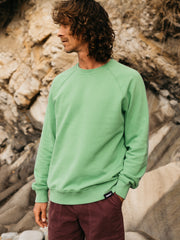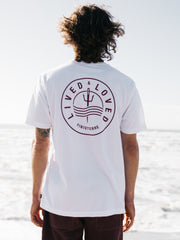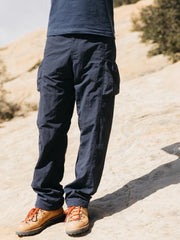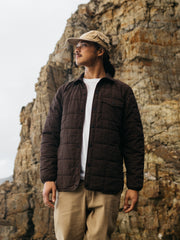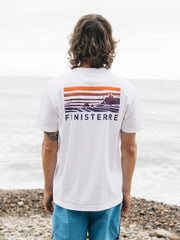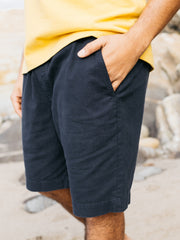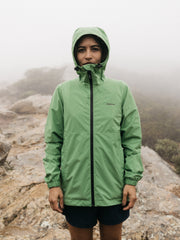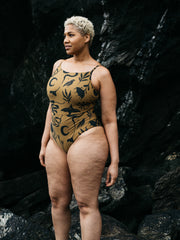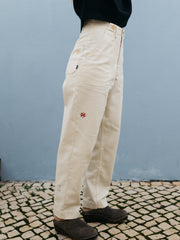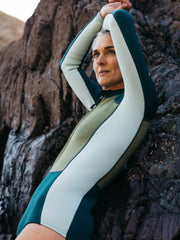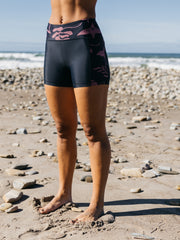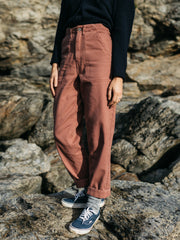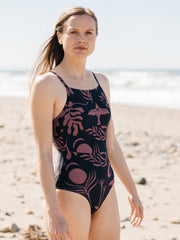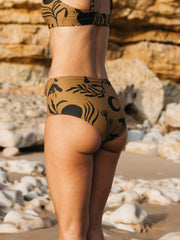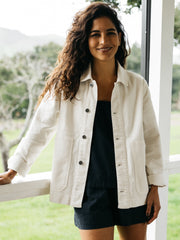Not content with simply rearing the insects though, Maria recorded detailed observations and drew sketches of the lifecycle of the creatures. Occasionally, she noted, the pupa which she expected to become a beautiful butterfly would erupt with flies or wasps, and it is thought that this may be the earliest scientific observation of insect parasitism – centuries before the field of Entomology became a distinct scientific field. At the time, most subscribed to a theory of ‘spontaneous generation’; which held that insects were simply born out of mud, waste and plant matter ‘spontaneously’. Her observations were the first ever to record the process which we now know as Metamorphosis.
For most of her years, Maria led what would be considered a fairly average life by the standards of the 1600s. At 18, she married and had two daughters. She moved to Nuremberg with her husband where they set up their own painting and printing studio. Her marriage would end unhappily, and after years being estranged from her husband Maria attained divorce on religious grounds. In 1691 she travelled to the Netherlands and, with the assistance of her daughters, set up her own studio in Amsterdam – a city with relatively progressive laws for the time. Here she and her daughters worked independently, painting, creating pigments and specimens for the city’s burgeoning community of collectors.
It was during her time in Amsterdam that Merian would plan the voyage that would later cement her legacy as the mother of metamorphosis. The city was a hub for trade, culture and, most importantly for Maria, granted her access to some of the best collections of natural history specimens anywhere in the world. As she mixed with scientists, botanists, and the intellectuals of Amsterdam she began to lay the plans for her own momentous voyage.
The Dutch colony of Suriname in South America was famed for its exotic insects, and in previous years Merian had been intrigued by specimens of butterflies from the colonies. Despite the many warnings – from the flouting of social precedent to the inherent dangers of a transatlantic voyage, and the further perils she and her daughter might encounter when they reached their destination – she pressed on with her plans, selling 255 of her own paintings and shrewdly using her influential contacts to secure extra funds from the Dutch government to finance the expedition.



